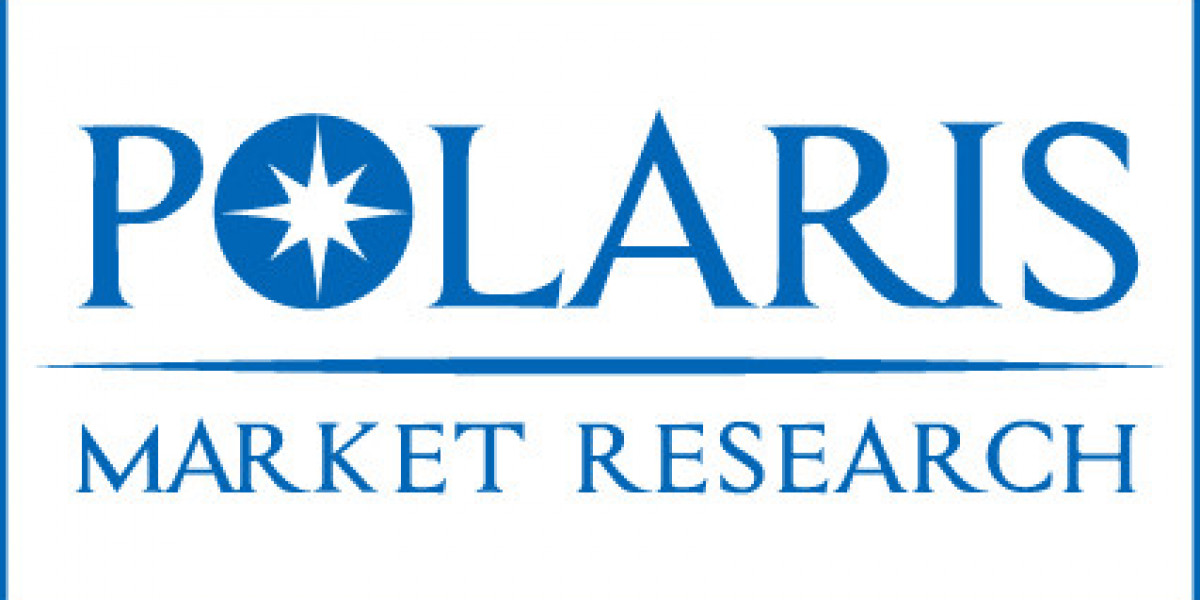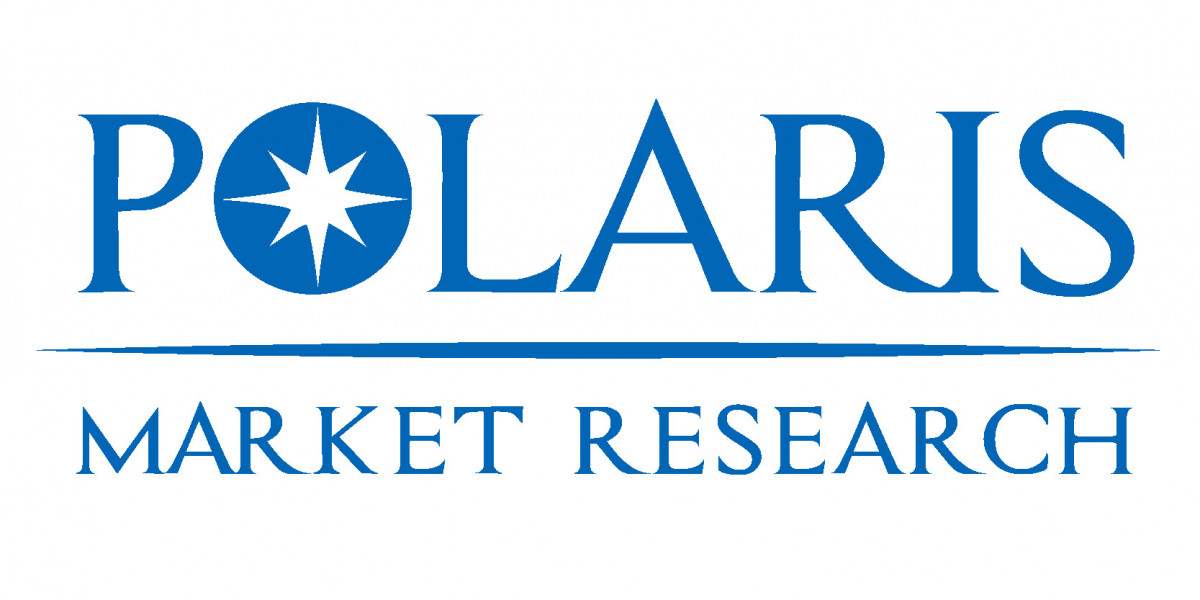Market overview
The MENA & GCC bus market size was valued at USD 1.73 billion in 2024, growing at a CAGR of 3.6% from 2025–2034.
The MENA & GCC bus market comprises purchases, leasing, and refurbishment of buses for public transit, private shuttle services, intercity travel, tourism, and school transport across the Gulf Cooperation Council (GCC) countries and wider Middle East & North Africa (MENA) region. Several converging trends are reshaping buying decisions: tighter emissions and safety standards, the rollout of Bus Rapid Transit (BRT) corridors and integrated mobility projects, the electrification of municipal fleets, and growing demand for higher-capacity, accessible vehicles.
Key market growth drivers
- Government investment in public transport and urban infrastructure
- National and municipal authorities across the GCC and MENA are allocating significant capital to public transport to reduce congestion, improve air quality and meet tourism and economic diversification goals. Investments include BRT corridors, new bus depots and depot electrification, which create large, multi-year procurement pipelines for buses and supporting infrastructure.
- Electrification and sustainability mandates
- Environmental targets and air quality concerns are accelerating the adoption of low- and zero-emission buses. Pilots and initial large orders for battery-electric buses (BEBs) and hybrid buses are increasing, particularly in cities with supportive electricity grids and incentives for clean mobility.
- Growing urban populations and modal shift initiatives
- Rapid urbanization and increasing car-ownership pressures are prompting governments to encourage modal shifts from private cars to public transit. To make bus travel attractive, operators are procuring higher-specification buses with improved passenger comfort, real-time information systems, and accessibility features.
- Modernization of intercity and tourism fleets
- Tourism recovery and regional travel demand are renewing interest in modern intercity coaches and luxury tourist buses. Operators are replacing ageing fleets with vehicles that offer higher fuel efficiency, enhanced passenger amenities, and compliance with international safety standards.
Market challenges
- Infrastructure and grid readiness for electrification
- Widespread adoption of electric buses requires significant investment in charging infrastructure, depot upgrades, and grid capacity — investments that are still nascent in several MENA markets. Without coordinated planning, operators face operational challenges and higher total cost of ownership.
- Total cost of ownership (TCO) concerns
- The upfront cost of low- and zero-emission buses remains higher than conventional diesel equivalents. Operators and procurement bodies must balance purchase price, maintenance, fuel/energy costs, and residual values — a complex calculation that slows large-scale transition in cost-sensitive markets.
- Supply-chain and localization pressures
- Regional governments are increasingly seeking local content, assembly, or industrial partnerships as part of procurement contracts. International suppliers must adapt by forming joint ventures or local assembly arrangements, which can complicate and delay deliveries.
- Financing models and procurement complexity
- Not all local operators or municipalities have access to affordable long-term financing. Complex tender processes, long lead times for large fleet procurements, and unpredictable public budgets can lengthen sales cycles and create volatility in demand.
Regional analysis
GCC (Saudi Arabia, UAE, Qatar, Kuwait, Oman, Bahrain)
The GCC remains the most dynamic segment of the market by per-vehicle spending and rapid modernization. Saudi Arabia and the UAE lead with large-scale urban projects, fleet replacement programmes and early mandates for low-emission vehicles in major cities. Riyadh, Jeddah, Dubai, and Abu Dhabi continue to publish strategic transport plans that expand bus networks and BRT services. The GCC’s relatively higher GDP per capita and strong public-sector investment make it fertile ground for electric bus pilots and procurement of higher-spec city and intercity vehicles. However, operators in smaller GCC states focus on targeted replacements and tourism-related coaches.
North Africa (Egypt, Morocco, Algeria, Tunisia)
North African markets are characterized by high demand for fleet replacement and value-oriented purchases. Egypt and Morocco are seeing investments to expand suburban and intercity bus routes to support commuting and intercity connectivity. Procurement decisions here are more sensitive to capital cost and maintenance capability; regional assembly or partnerships that reduce costs and improve spare-parts availability are advantageous.
Levant & Eastern MENA (Jordan, Lebanon, Iraq, Palestine)
This sub-region shows mixed demand influenced by reconstruction efforts, donor-funded mobility projects, and municipal upgrades. Where funding is available, demand favours medium-capacity city buses and school transport solutions. Political and fiscal instability in parts of the sub-region can create unpredictability in procurement timelines.
Maghreb and Smaller Markets
Smaller MENA markets pursue targeted investments — for example, fleet modernization for tourism zones and national coach routes. Demand tends to be smaller-volume but consistent, focused on reliable diesel or cost-efficient medium-duty buses; electrification adoption is slower due to infrastructure constraints.
Market segments & opportunities
- Electric Buses (BEBs): High growth potential in flagship cities and new BRT corridors, driven by sustainability policies and favourable procurement grants where available.
- BRT and High-Capacity City Buses: Opportunities where new corridors and integrated mobility projects are being implemented.
- Intercity and Coach Market: Replacements for tourism and long-distance travel fleets, with opportunities for higher-margin luxury coaches.
- School and Private Shuttle Services: Stable demand driven by private education and corporate commuter programs.
Browse Full Insights:
https://www.polarismarketresearch.com/industry-analysis/mena-and-gcc-bus-market
Key companies operating in the region
- Ankai Automobile Co. Ltd.
- Ashok Leyland Ltd.
- Higer Bus Company Limited
- MAN Truck & Bus
- Mercedes-Benz Group AG
- Scania
- Toyota Motor Corporation
- Volvo Buses
- Xiamen King Long International Trading Co.,Ltd.
- Yutong Bus Co., Ltd.
Conclusion
The MENA & GCC Bus market stands at an inflection point: strong public investment, urbanization pressures and climate ambitions are creating clear demand for modern, low-emission buses. Yet the pace of transformation will depend on how quickly stakeholders can solve practical barriers — especially charging infrastructure, financing models, and localization. For companies that align product offerings with regional procurement priorities and provide demonstrable TCO benefits, the region offers a sizeable and growing opportunity across city transit, intercity coaches, and specialized transport segments.
More Trending Latest Reports By Polaris Market Research:
Aluminum Composite Panel Market
Orthopedic Surgical Robots Market
Increasing Adoption of the Eggshell Membrane in Dietary Supplements
U.S. Desiccant Dehumidifier Market
Artificial Intelligence (AI) in Military Market
Artificial Intelligence (AI) in Military Market
Blockchain Technology In The Energy Sector Market
Liver Metastases Treatment Market: An Acute Cancer Treatment to Cure with Effective Mediation








